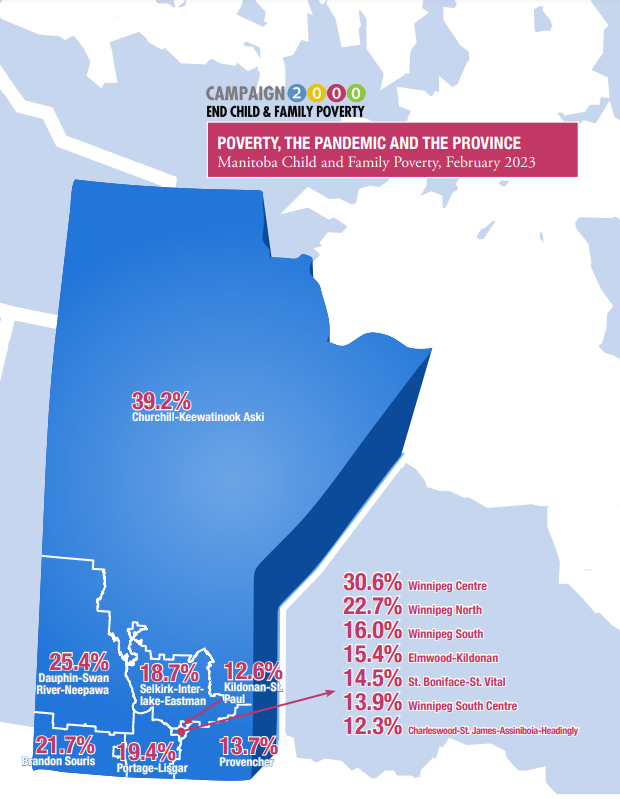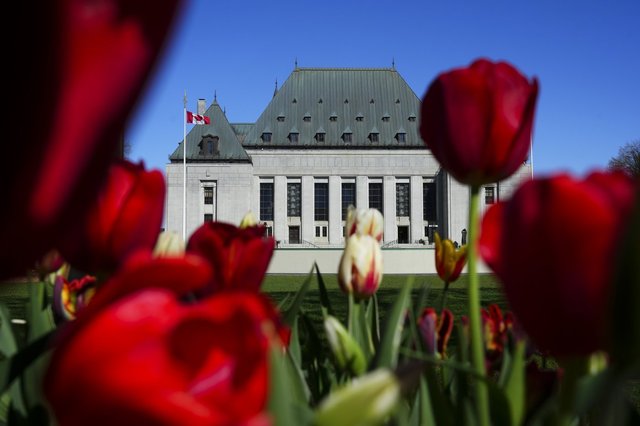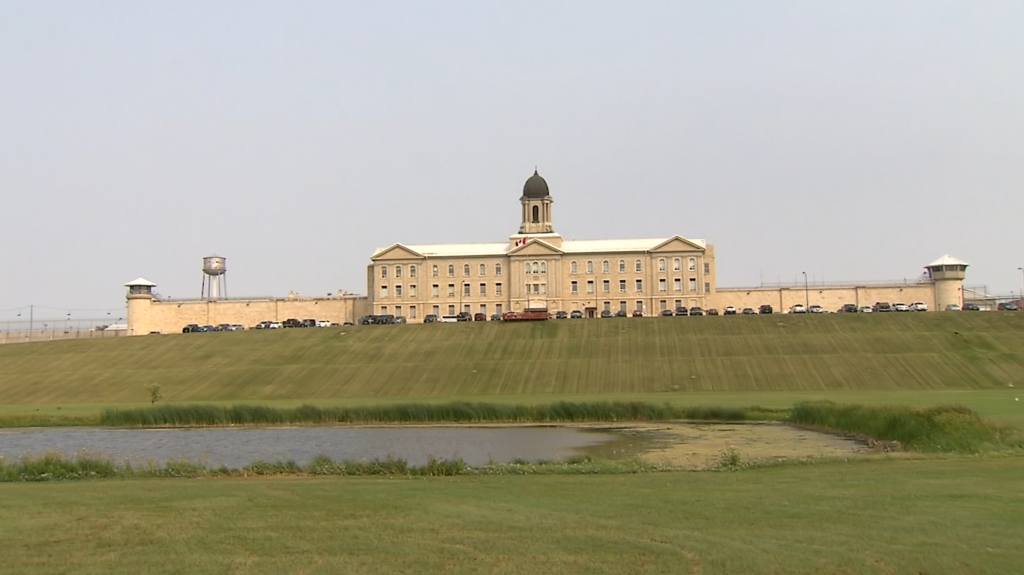Manitoba has highest child poverty rate among provinces: report
Posted February 15, 2023 4:12 pm.
Last Updated February 15, 2023 6:18 pm.
Canadian children living with the least are in the North and on the Prairies, according to an annual report outlining child poverty rates across the country.
The report, called “Poverty, the Pandemic, and the Province,” shows Manitoba’s child poverty rate is the highest at 20.68 per cent.
Sid Frankel, a member of Campaign 2000, the non-profit organization behind the report, says the percentage means 64,670 children in Manitoba are in poverty, which is 13,357 more than the population of Manitoba’s second-largest city Brandon.
“This is a large number of children,” said Frankel.
Nunavut sits among the highest in the country at a rate of 28.1 per cent. Saskatchewan was one percentage point lower than Manitoba at 19.7 per cent. B.C. and Ontario were merely identical at just over 13 per cent and Alberta was at 12.8 per cent.
Frankel says low wages, labour, and minimum benefits are what differentiate Manitoba from the rest.
“The maximum benefit for the Manitoba Child Benefit is $420. The maximum benefit for Alberta’s Child Benefit is $1,128 so there is lots of room for improvement there.”
????NEW RELEASE! The 2022 National Report Card, “Pandemic Lessons: Ending Child and Family Poverty is Possible” is out now. Read the report for over 50 recommendations to end poverty and realize a just future for all: https://t.co/ZnrMvgPmvr #EndingPovertyIsPossible #cdnpoli pic.twitter.com/xw06aIYYsM
— Campaign 2000 (@Campaign2000) February 14, 2023
More than one-in-eight children live in poverty in Canada, which is nearly one million children. In Manitoba, that number is one-in-five.
The report found the overall poverty rate in Canada decreased by 40 per cent in 2020, which an Indigenous advocate says was due to federal COVID-19 support.
“It was, unfortunately, not much of a surprise,” said Michael Redhead Champagne. “I believe that poverty is on the level of COVID-19 in terms of being a crisis for children and families in Canada. If we were able to do it then, we should be able to do it today.
“Imagine what we can do once we have learned the lessons from the pandemic and we’re now examining poverty as if it is a crisis, just as we looked at COVID as a crisis.”
The report shows children facing poverty are at a higher risk of negative health outcomes and suicide, and are more likely to experience poor educational outcomes.
Desiree McIvor, a spokesperson with Make Poverty History Manitoba, says Manitoba often gets overlooked due to its Indigenous population.
“I find the province has really loose policies on child apprehension, and there are no real support programs for Indigenous persons and people that are experiencing deep levels of poverty. I feel like it’s an attack on Indigenous persons,” said McIvor.
National Report Card on Child and Family Poverty
The report makes several recommendations specific to Manitoba. The biggest one is urging the Manitoba government to end family poverty in the 2023-2024 budget.
Other recommendations include better employment and income support, early learning and child care and better housing.
Manitoba Keewatinowi Okimakanak Grand Chief Garrison Settee says the provincial government needs to respond to the recommendations outlined in the report immediately.
“It is surprising that not enough people care and that is why we have poverty,” said Chief Settee.
“Our society at large needs to wake up to the fact that it is 2023. We shouldn’t be talking about poverty in Canada.”









